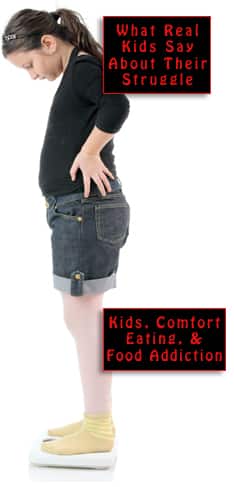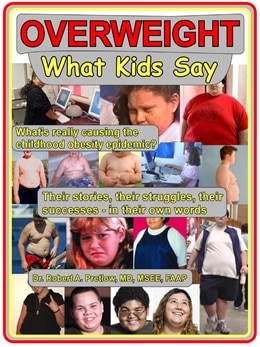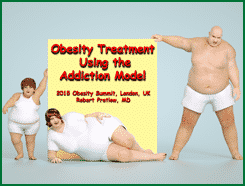
As we have seen, the behavior known as presenteeism costs everyone a lot, in ways that are not always immediately obvious. According to a very scholarly work, of which more than seven full pages consist of references…
Studies abound that not only show how prevalent presenteeism is across a range of occupations and sectors… but also position it as more costly than absenteeism.
The first paragraph of “Presenteeism: An Introduction to a Prevailing Global Phenomenon” mentions the current need to “achieve more with less.” The factor that should always matter most is individual health and well-being, which is why we discuss it here. In cases of rampant presenteeism, everyone’s job performance is negatively affected, and productivity is not optimal. This, of course, implies negative financial impact and a bottom line that does not look good. The case is not always hopeless, and strategic management can make a difference.
In the real world, this may mean that, actually, different philosophies or even different value systems are needed. Of course, professional scholars are accustomed to looking beyond superficial meaning. How sick does a person need to be before the illness should be considered serious enough to keep them home? Who gets to decide if a worker is actually ill? And what does “attending work” really mean, anyway? Haven’t we learned from the pandemic that many jobs can be done very adequately from home?
Related inescapable facts
An employee with the flu can be reasonably expected to stay home until well, and past the point of spreading the contagion. Then they return, and even though some productivity has been lost, it’s back to “business as usual.”
Another case history: An employee with a broken arm in a cast has the doctor’s permission to return to work. But maybe that person isn’t really well enough. The fracture may still be painful, which affects the quality of work. So the person might take analgesics, and although the distraction caused by pain is lessened, the medication may cause problems that add up to “presenteeism” — namely, being slower, less effective, and maybe even dangerously mistake-prone.
Further, the cast itself causes awkwardness and discomfort in several ways. You want to keep it clean. It itches inside. Minor chores and actions that you used to do with one hand have to be ineptly performed with the other hand. You run out of patience sooner. Your general energy level is low, and the little extra kindnesses you might have done to make someone else’s day easier will not be attempted. Again, the conditions are there for presenteeism: the state of technically being on the job, but doing it so poorly that when all is said and done, the business actually takes a financial hit.
Still, even that counterproductive scenario will not last forever. Eventually, the fracture will heal, the cast will be removed, and after perhaps a period of adjustment, the worker will be back to normal. The episode of damaging, costly presenteeism will eventually come to a close.
The big but…
In most cases, obesity does not go away, and it usually increases. This implies that the presenteeism-related financial damage caused by obesity will not eventually subside, and the effect will only become more severe.
Your responses and feedback are welcome!
Source: “Presenteeism: An Introduction to a Prevailing Global Phenomenon,” Cambridge.org, 08/09/18
Image by Vika_Glitter/Pixabay

 FAQs and Media Requests:
FAQs and Media Requests: 











